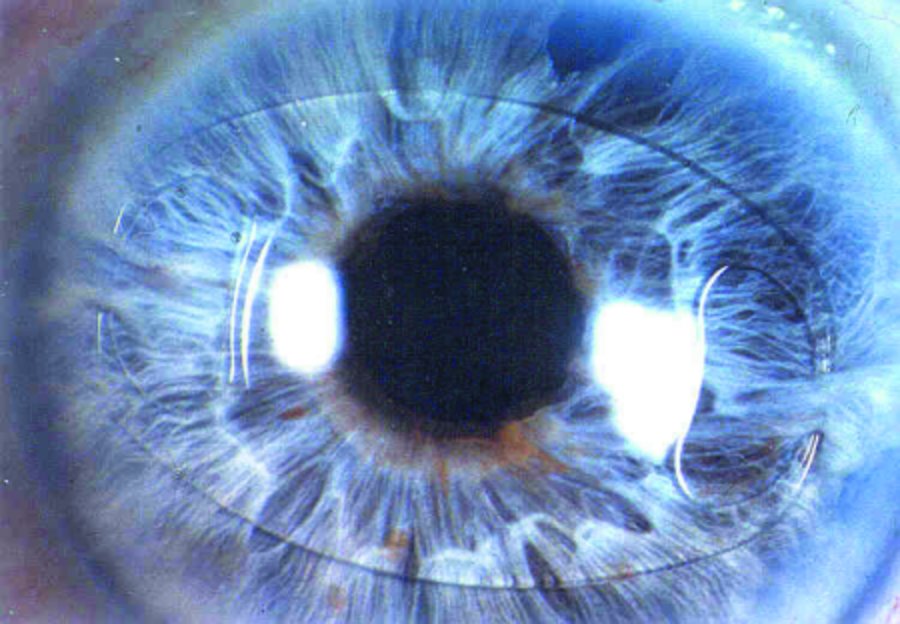History of Iris Fixation
The iris fixation method was developed in 1978 for an aphakic eye following cataract treatment. Used in a lens technology called the Iris Claw Lens, this iris fixation technique has given sight to a generation of cataract patients with approximately 300,000 aphakic eyes implanted worldwide.
After 10 years of reliable, safe usage for cataract patients, the iris fixation method was applied to a new innovation for refractive patients. In 1986, an Iris Claw Lens model was also developed for the correction of myopia to be used in conjunction with the natural crystalline lens. The newest development of the lens had a biconcave design suitable for implantation with a phakic eye with sufficient clearance from all vital tissues in the anterior chamber. The first implantation of the lens was performed on November 2nd, 1986 in Germany by a doctor named Paul U. Fechner - This was the first time an IOL had ever been implanted in a phakic eye. It was a unique moment and a turning point in the field of ophthalmology. After its proven success, this first model, the ARTISAN® Myopia, was quickly followed by a range of other models for different indications under the line ArtiLens, available abroad.
The ARTISAN® Myopia Models 204 and 206 were approved by the FDA in 2006, the first phakic IOL in the US market and still a leading option for refractive patients.
Even now, almost 40 years after the invention, this unique iris fixation method serves for the advancement of ophthalmic technology. Combined with contemporary premium optics, the ARTISAN® is a unique phenomenon in ophthalmology - A lens implant that is unprecedented anywhere in the world.

The invention
The ARTISAN® lens was invented by the Dutch ophthalmologist and inventor, Prof. Jan Worst (1928 – 2015). While visiting a regional hospital in Taxila, Pakistan in the seventies, Jan Worst saw that cataract patients were being discharged without the necessary corrective glasses. Patients were coming in to fix their eyes and still leaving blind. The hospital served mostly poor patients from rural areas who had come from near and far for treatment, so the cataract glasses that were generally used at the time were too expensive, too cumbersome and out of reach for these patients.
Inspired to help, Jan Worst began implanting these patients with intraocular lenses, but he found that the models in use at the time were just not practical. The operation had to be made faster and easier. During one of his surgeries, he made a serendipitous discovery – Iris tissue trapped in the slots of the lens he used was unharmed. Furthermore, leaving the tissue trapped did not cause any problems.
This discovery informed his design of a lens that took advantage of the durability of iris tissue. He worked to develop lens models that he could fix to the iris. The fruit of his labor was a lens that had two slotted holes on either side of a blank optic, one that could be gently clipped to the iris. It worked perfectly.
Prof. Worst may have refined the concept in the Netherlands, but it all started in 1977 in that hospital with poor patients in Taxila, Pakistan, where out of necessity, the ARTISAN® lens was born.




.jpg)
